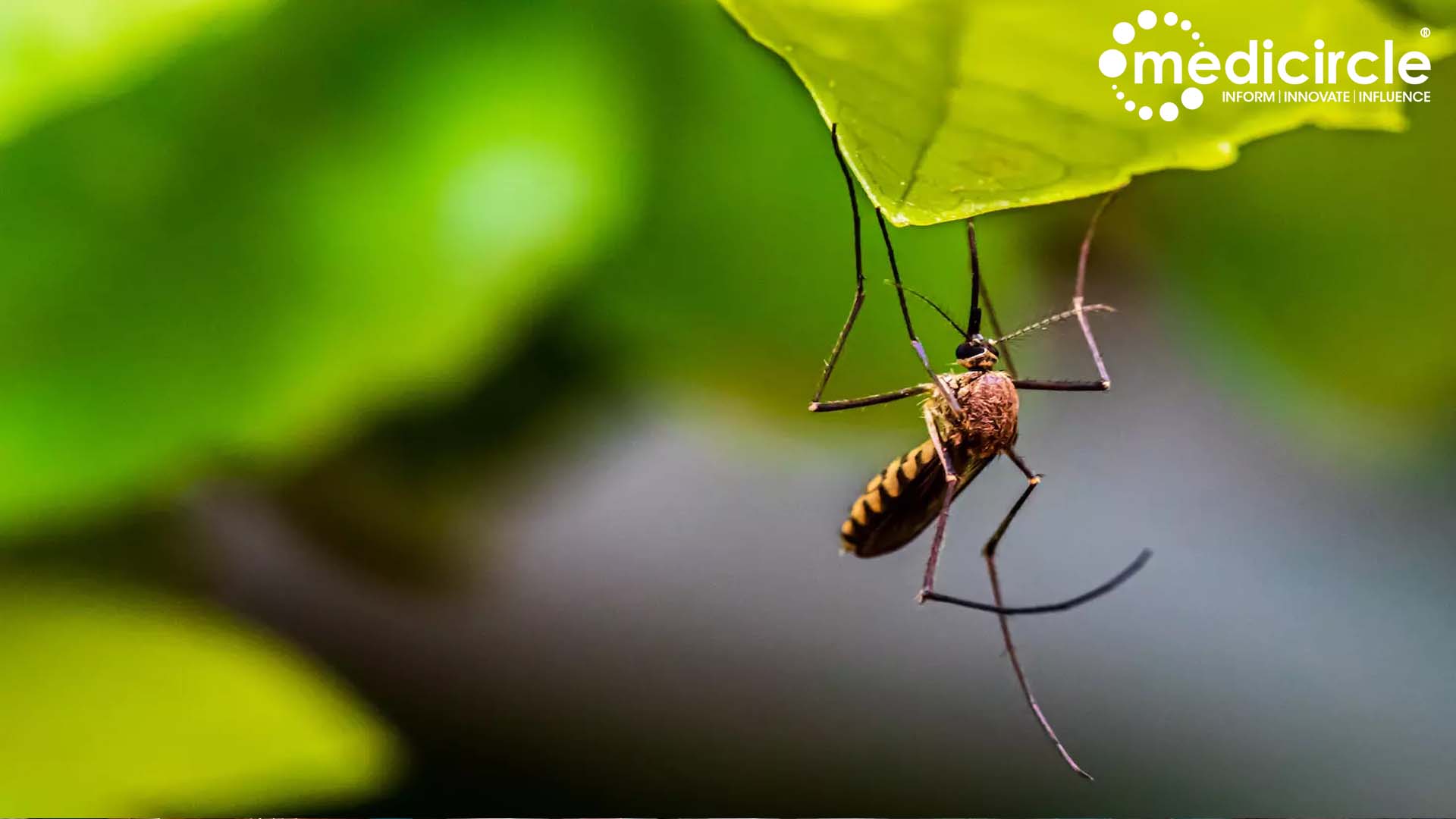As we commemorate World Malaria Day, it's crucial to shed light on the persistent threat of malaria and the evolving challenges posed by climate change and other factors. While the resurgence of locally transmitted malaria in the United States serves as a stark reminder of disease migration due to climate change, Africa continues to bear the brunt of this deadly parasite, affecting millions of lives each year.
The Threat of Malaria in Africa: Malaria, caused by the Plasmodium parasite transmitted through infected mosquitoes, remains a significant health crisis across Africa. Symptoms such as fever, headaches, and chills can escalate rapidly, especially among vulnerable groups like children under 5 and pregnant women. Despite ongoing efforts, malaria continues to claim lives and impose a heavy burden on healthcare systems.
Vaccine Efforts and Challenges: Efforts to develop effective malaria vaccines are underway with limited success. Cameroon recently became the first country to administer a new malaria vaccine to children routinely. However, this vaccine is only about 30% effective and does not prevent transmission. Another vaccine has recently gained approval, signaling progress in the fight against malaria.
Rise in Drug and Insecticide Resistance: One of the concerning trends is the emergence of resistance to antimalarial drugs and insecticides. This phenomenon complicates treatment and vector control efforts, posing significant challenges to malaria eradication campaigns.
Impact of Living Conditions: Living conditions, including overcrowded neighborhoods, stagnant water, poor sanitation, and limited access to preventive measures and treatment, worsen the malaria burden in many areas. These factors create favorable environments for mosquito breeding and contribute to the rapid spread of the disease.
Concerns Over Invasive Mosquito Species: The introduction of invasive mosquito species, previously prevalent in India and the Persian Gulf, poses a new threat to malaria control efforts. These mosquitoes, adapted to diverse environments, could potentially expand the geographical range of malaria transmission.
Global Malaria Statistics: Globally, malaria cases have been on the rise, with infections increasing from 233 million in 2019 to 249 million in 2022 across 85 countries. Similarly, malaria-related deaths rose from 576,000 in 2019 to 608,000 in 2022, highlighting the urgent need for intensified interventions and resources.
Africa shoulders a disproportionate burden of malaria, with 11 out of the 12 countries accounting for 70% of global malaria cases located on the continent. Children under 5 years old account for 80% of malaria-related deaths in Africa, exposing the devastating impact on vulnerable populations.
Climate Change and Malaria Link: The World Health Organization's (WHO) World Malaria Report 2023 emphasized the intersection between malaria and climate change for the first time. Climate change serves as a risk multiplier, enabling the spread of malaria to regions previously unsuitable for mosquito habitats. Areas like the slopes of Mt. Kilimanjaro and the mountains of eastern Ethiopia face heightened exposure due to changing environmental conditions.
Addressing Malaria Challenges Together: On this World Malaria Day, it is important to reinforce our commitment to combating malaria through sustained investment in research, healthcare infrastructure, and community-based interventions. Collaborative efforts between governments, healthcare organizations, and international partners are essential to achieving malaria eradication goals and ensuring healthier futures for vulnerable populations across Africa and beyond. Together, we can overcome the challenges posed by malaria and build resilient health systems capable of tackling emerging threats.

 Collaborative efforts between governments, healthcare organizations, and international partners are essential to achieving malaria eradication goals and ensuring healthier futures for vulnerable populations across Africa and beyond.
Collaborative efforts between governments, healthcare organizations, and international partners are essential to achieving malaria eradication goals and ensuring healthier futures for vulnerable populations across Africa and beyond. 










.jpeg)

















.jpg)


